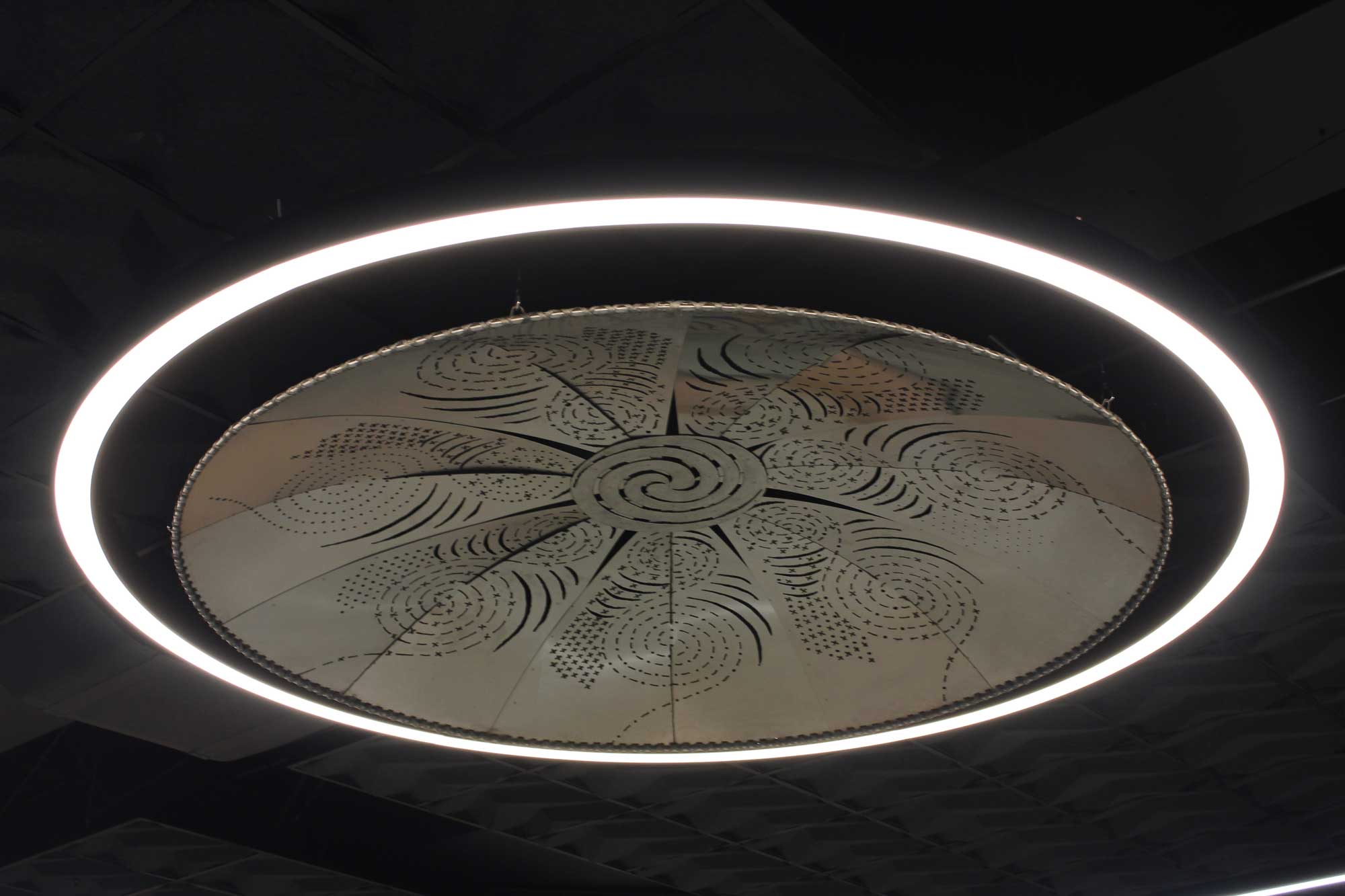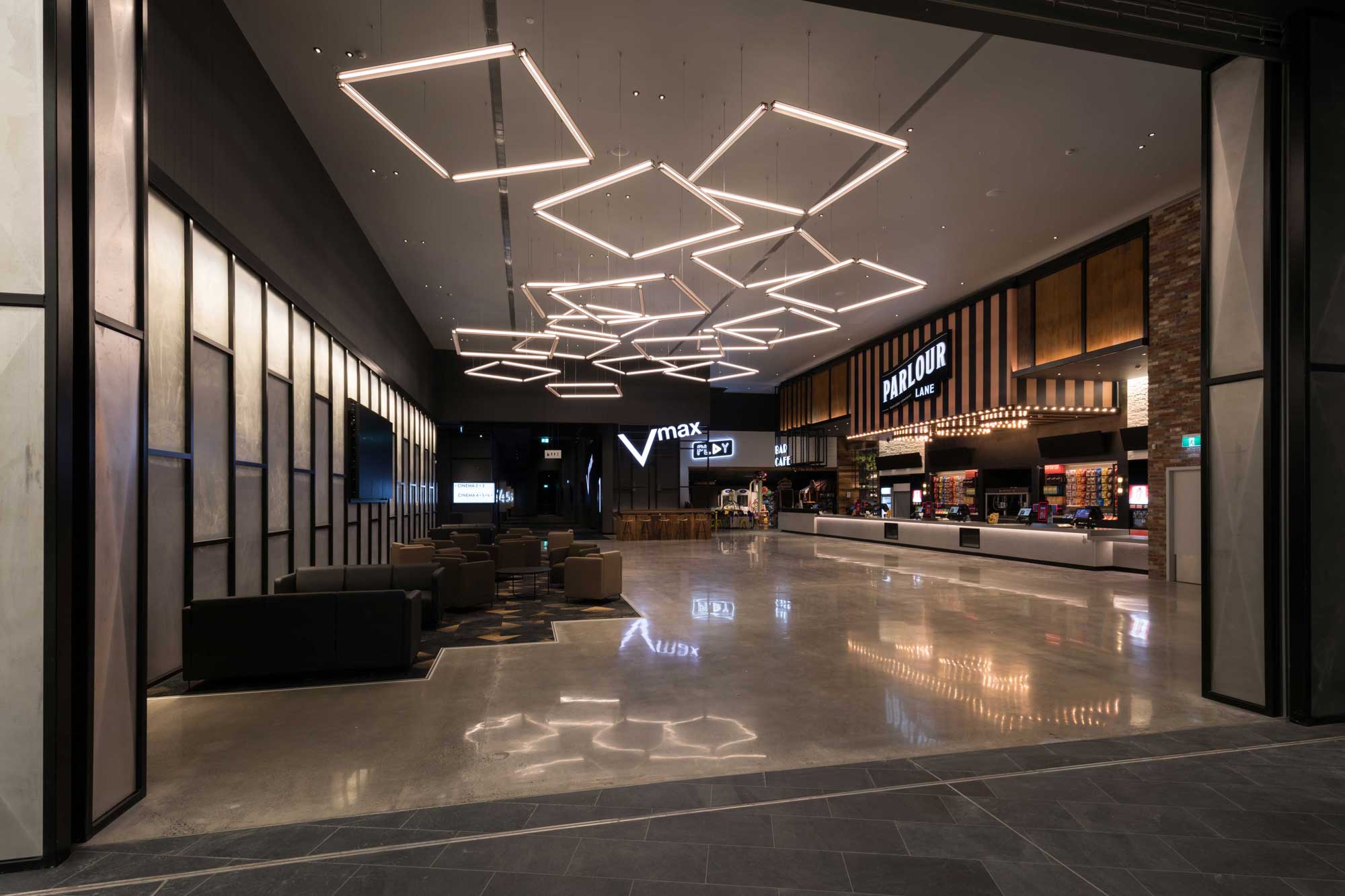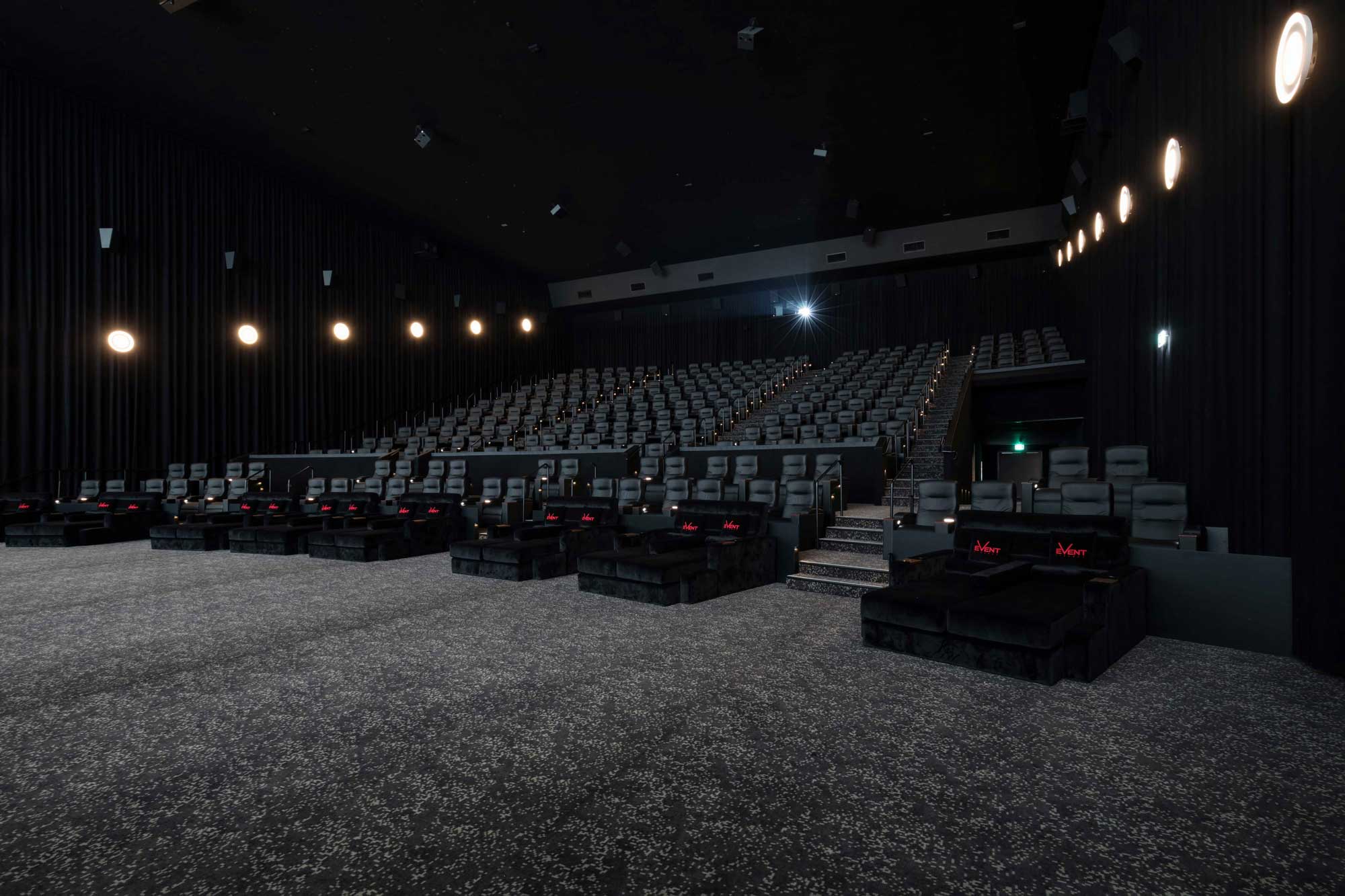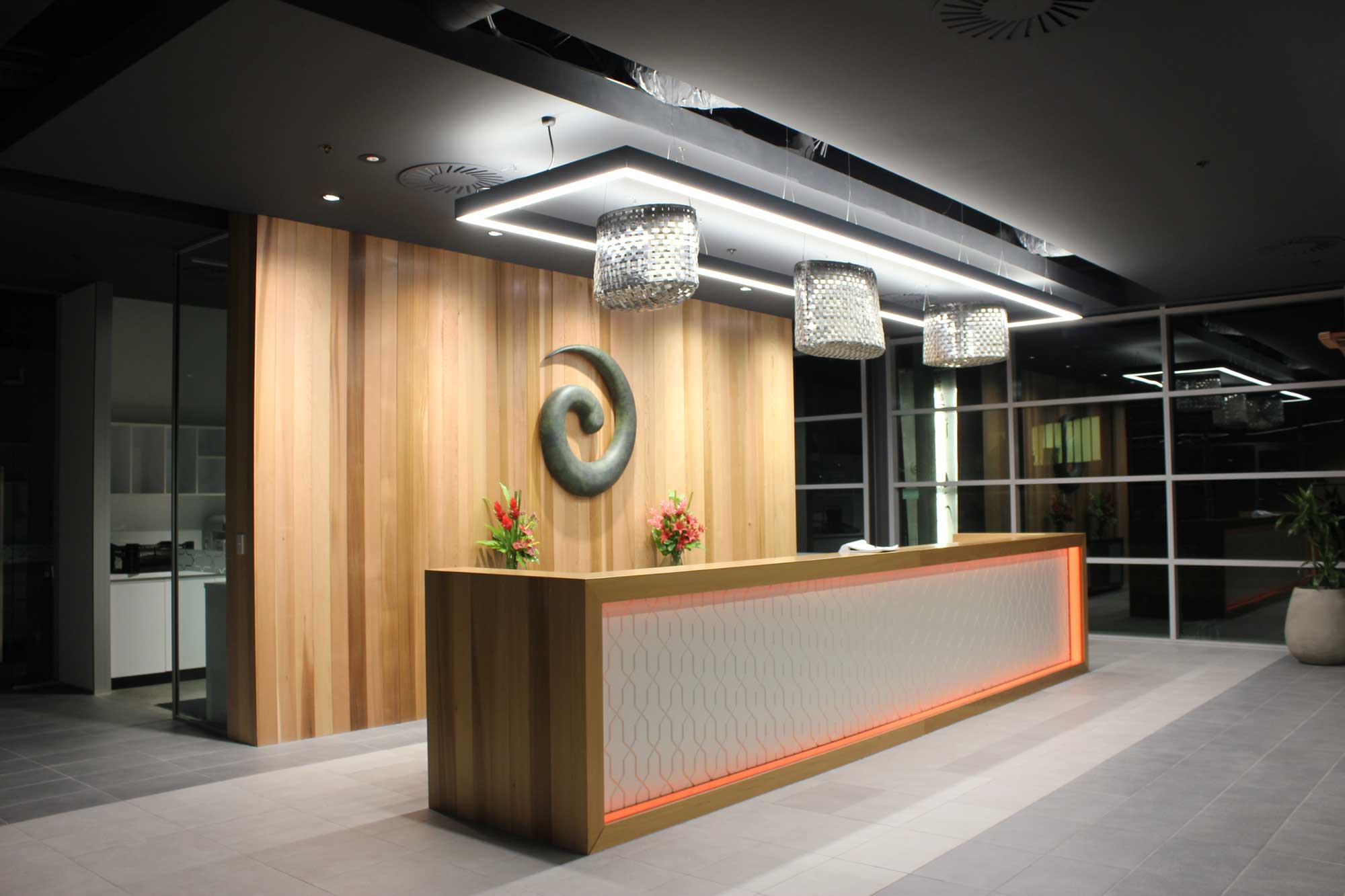Acoustic Engineering Consultants - NZ
Controlling sound, particularly unwanted sound, is critical for keeping many working and outdoor environments private, bearable and suitable for their intended purpose. Effective acoustic engineering also helps to protect the hearing of workers exposed to loud levels of noise for extended periods.

Our expert acoustic engineering consultants work hand in hand with architects, and the latest technology to design buildings specifically focused on controlling how sound is absorbed, reverberated, diffracted and refracted throughout the structure. This includes all aspects of architectural building acoustics, including walls, floors, roofs, room finishes and geometry. The most common goal is to reduce unwanted noise, but we can also work with you to address the enhancement of sound, such as within a music venue. Each environment will have its own unique sound requirements to keep productivity high and disturbance to a minimum.
We provide acoustic engineering consulting services in Auckland, Wellington and Christchurch:
Why do you need Acoustic Engineering Services?
Our acoustic engineering consultants in NZ are experts in creating safe, ergonomic acoustic environments.

Effective noise reduction and prevention.
Acoustic engineers can assess a building that has already been built, measuring the output of unwanted noise and coming up with noise reduction solutions to rectify the current output. These solutions can include, depending on the environment, noise barriers, soundproofing, and acoustic techniques in order to prevent or reduce certain sounds from bouncing around. This is hugely important to get right, particularly in loud environments, such as building sites using heavy machinery.

Enhance acoustics for theatres and media venues.
When the sound bounces and reverberates off the walls, ceilings and floors, it can interfere with the venue’s intended audio output and dampen your audience’s enjoyment of the entertainment they are there to see. We can work with existing or new builds to properly soundproof the venue to prevent reverberations and reflected sounds from negatively affecting the overall sound quality. One of the sectors we work heavily in is theatre and media production, and we understand the intricacies involved in controlling acoustics within studios, live venues and open spaces.

Streamline acoustics for convenience and comfort.
In a busy rail station, you need to be able to intelligibly hear the announcements over the constant and often overpowering whirr of the transport and hive of public activity. This is achieved through careful planning and engineering to ensure the right kinds of sounds travel and cut through the background noise. This is equally important in any public space where announcements or information needs to be transmitted clearly, such as hospitals, transport hubs and educational facilities.